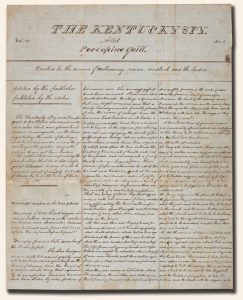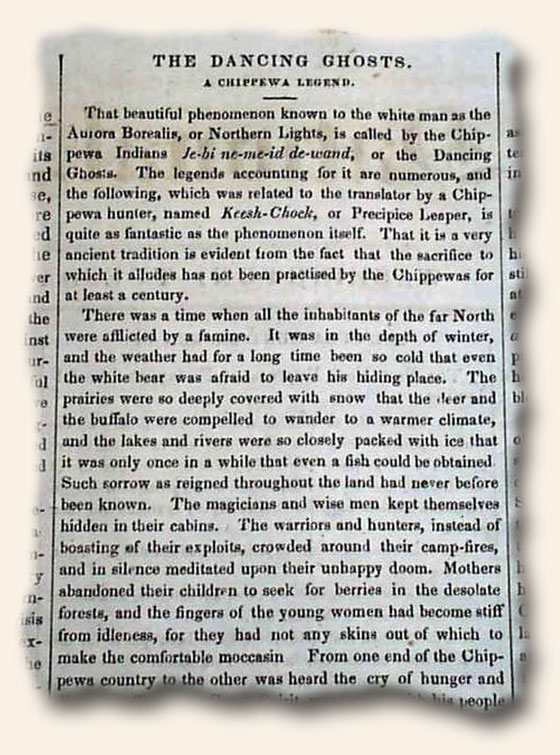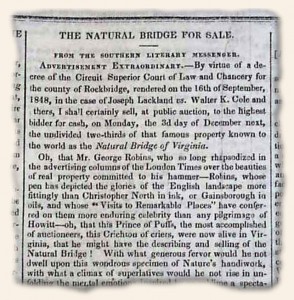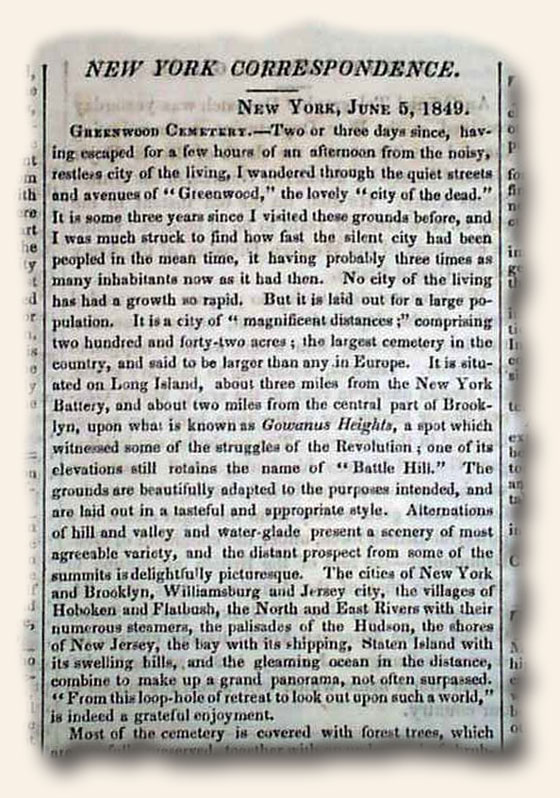They Put It In Print – The 12th President of The United States…
February 16, 2024 by GuyHeilenman · Leave a Comment
Who was the 12th president of The United States of America? Okay, perhaps your high school civics teacher didn’t require you to memorize their names in chronological order, but in case they did I’ll give you a little more time so you can run through them starting with Washington (hint, you’ll need more than both hands to count them out).
At this point I’m sure many have opted to simply do a quick internet search to “remember”. Cheating??? No judgement here. Do you have your answer?
Here goes…
So, did you come up with rolyat yrahcaz (the name is spelled backwards so your eyes wouldn’t easily notice it while reading the 1st two paragraphs)? However, NO! Sorry.
The one who was elected to be the 12th president refused to be inaugurated on the given day (March 4, 1849) since it was scheduled to be held on a Sunday. Being a “religious man”, he felt it improper to take the oath of office on the Christian Sabbath. Left with the unacceptable dilemma of having the top seat in the land left vacant, albeit for a short time, David Rice Atchison was sworn in to serve as “president for a day”. How do we know? The National Intelligencer for March 10, 1849 put it in print:

While the state of Missouri (Atchison’s home state) affirms this, the official website of the Senate of the United States says otherwise – and provides their reasoning.
Yet, who is right? I’m not a political scholar, but if accuracy of information provides a clue this same “official” article also says this rumor 1st appeared in the March 12th issue of the Alexandria Gazette… and we know for a fact this to be false. Again, how do we know? Our newly discovered issue is dated two days prior.
I love this collectible!
A gem from the American Antiquarian Society… The Kentucky Spy…
August 8, 2016 by TimHughes · Leave a Comment
In celebration of its 20oth anniversary the American Antiquarian Society published a beautiful exhibition catalog titled “In Pursuit Of A Vision – Two Centuries of Collecting at the American Antiquarian Society”. Featured are a fascinating array of books, documents, maps & other paper ephemera, as well as several very rare & unusual newspapers we felt worthy of sharing with our collectors (with permission from the A.A.S.).
 181. “The Kentucky Spy and Porcupine Quill“, Frankfort, Kentucky, January 25, 1849
181. “The Kentucky Spy and Porcupine Quill“, Frankfort, Kentucky, January 25, 1849
In recent years AAS has actively collected issues of pre-1877 American manuscript periodicals. These handwritten examples mimic printed periodicals in format and content, containing stories, news, and advertisements. Sometimes they were produced by individuals, serving as the manuscript equivalent of amateur newspapers, and sometimes they were issued by small groups. Others were produced as an activity of a school or lyceum.
AAS has held manuscript periodicals since the nineteenth century; but because these were long shelved alongside printed periodicals, they were easily overlooked. In the 1990s AAS staff began to pull them together into a separate collection, in the process discovering not only how many titles were already at AAS, but also the frequency with which they were produced. As it became apparent that the more specimens AAS had, the more they collectively revealed about early American scribal culture, AAS began to seek them actively. The collection now numbers more than sixty titles.
One of the more unusual is “The Kentucky Spy and Porcupine Quill.” The masthead claims that it is “Devoted to the science of matrimony, union, wedlock and the ladies.” However, the chief story, entitled “Wonderful rumpus in the town of Irvine,” is a fictional account, humorous in tone, of a revolt by 5,000 heavily armed slaves which in the story turns out to be a hoax. The editor and contributor(s) are unnamed.
An eerie coincidence? A Chippewa legend…
October 31, 2014 by GuyHeilenman · Leave a Comment
As I began preparing this post I realized with a degree of angst that the date for the post is October 31st – Halloween. To say this is not a holiday I embrace is a gross understatement. Thanksgiving, Easter, and Christmas are certainly more in my wheel-house. So, what to do??? As fate (?) would have it, the very next issue I picked up contained an article more than suitable for this infamous day: “The Dancing Ghosts – A Chippewa Legend”. Was this just an eerie coincidence, or something more? Please enjoy (to view the entire article, go to: National Intelligencer (September 11, 1849):
Hawaiian Islands… ignorance is often the default position of the uninformed…
October 17, 2014 by GuyHeilenman · Leave a Comment
 While many have been rightfully moved by James Michener’s account of the 1800’s Hawaiian Island pandemic, and have been forced to wrestle with and ultimately accept the albeit unintentional but horrible spread of disease and death often associated with well-intended explorers and missionaries entering new lands, an article in the National Intelligencer (December 4, 1849) takes “ignorance” to a whole new level. The image to the right expresses at least one person’s “uninformed” reaction to the wide-spread death that had befallen many of the indigenous people of the Hawaiian Islands (Sandwich Islands). Captain Cook and those who followed (with the intention of bringing Good News) would never have guessed they were also bringing such overwhelming human destruction. Thankfully we now know better – so as to not make such cold-hearted statements as the one made in this mid-19th century newspaper.
While many have been rightfully moved by James Michener’s account of the 1800’s Hawaiian Island pandemic, and have been forced to wrestle with and ultimately accept the albeit unintentional but horrible spread of disease and death often associated with well-intended explorers and missionaries entering new lands, an article in the National Intelligencer (December 4, 1849) takes “ignorance” to a whole new level. The image to the right expresses at least one person’s “uninformed” reaction to the wide-spread death that had befallen many of the indigenous people of the Hawaiian Islands (Sandwich Islands). Captain Cook and those who followed (with the intention of bringing Good News) would never have guessed they were also bringing such overwhelming human destruction. Thankfully we now know better – so as to not make such cold-hearted statements as the one made in this mid-19th century newspaper.
Say it isn’t so – The Natural Bridge for sale?
October 13, 2014 by GuyHeilenman · Leave a Comment
 The Half-dome of Yosemite, Niagara’s Falls, the peaks of the Grand Tetons… Who is not overwhelmed by these and similar examples of the wonders of God’s creation? Yet too often we take them for granted – assuming they will forever be “open to the public” for those desiring to breathe in the Designer’s handiwork – never considering their ownership. Occasionally an event provides us with a reality check, bringing us down-to-earth so to speak, and forces us to consider whether or not such marvels should be owned by no one… or perhap0s even better, by all. An 1849 report in the National Intelligencer (November 27, 1849) is a case in point.
The Half-dome of Yosemite, Niagara’s Falls, the peaks of the Grand Tetons… Who is not overwhelmed by these and similar examples of the wonders of God’s creation? Yet too often we take them for granted – assuming they will forever be “open to the public” for those desiring to breathe in the Designer’s handiwork – never considering their ownership. Occasionally an event provides us with a reality check, bringing us down-to-earth so to speak, and forces us to consider whether or not such marvels should be owned by no one… or perhap0s even better, by all. An 1849 report in the National Intelligencer (November 27, 1849) is a case in point.
The Natural Bridge of Virginia is for sale? Please view the hyperlink above to read one man’s reaction to this very true event. His thoughts challenge us to consider whether or not such beauty should somehow be preserved for the public good, and to appreciate the simple pleasures of a rainbow, a sunset, and the fresh dew of the morning. It is nice to read his views written more than 25 years before the 1st National Park (Yellowstone) was established, and more than 50 years before the establishment of the National Park System (in 1916).
A common thread…
September 22, 2014 by GuyHeilenman · Leave a Comment
Question: What do Henry Ward Beecher (abolitionist), Leonard Bernstein (composer/conductor), Henry Bergh (founder of the A.S.P.C.A), Charles Ebbets (owner, Brooklyn Dodgers), “Boss” Tweed (NY political boss), Henry Steinway (founder of Steinway & Sons, piano manufacturers), and Samuel F.B. Morse (inventor of the Morse code) have in common?
Answer: They, along with many other equally famous, infamous, and relatively unknown individuals are currently resting in Greenwood Cemetery, Brooklyn, New York – it being among the most noteworthy cemeteries in the United States. A scan over the list of those buried at this single location is quite sobering – causing one to pause and consider the hope for something beyond the grave.
What inspired the above query?
While searching a National Intelligencer (June 9, 1849) for California Gold Rush content (which we did find), we came across an interesting article written by a journalist who had visited Greenwood Cemetery soon after it opened, and then again just a few years later. His description makes for compelling reading. While a portion is shown below, the entire article may be viewed at: Greenwood Cemetery
Trivia: No one with an arrest record was permitted to be interred at Greenwood Cemetery. This policy held true until the death of “Boss” Tweed, whose corrupt influence and power were apparently not buried with his remains.
Go west young woman…
September 8, 2014 by GuyHeilenman · Leave a Comment
Searching for California gold rush and western expansion reports in mid-1848 through 1850 newspapers is one of the simple pleasures of the hobby. Through reading these first hand period accounts one can easily grasp the sense of adventure which drove many young and not-so-young men to strike out for the west coast. Reports focusing on the value of the gold found and on the free-spirit lifestyle of many of the mining camps would have been attractive to many who were struggling to make their way in this new land. However, while the possibility of striking it rich may have been enticing, at the end of the day, even the quest for potential wealth was a bit lacking when a long-hard day of searching for gold was not capped off with the comfort and companionship of a wife (i.e., someone who was going to clean, cook, etc.?). A couple of reports in a Sunday Times & Noah’s Weekly Messenger (New York) dated April 1, 1849 bring this truth to light. Please enjoy:
How the West Was Won – Go East Young Man?
August 29, 2014 by GuyHeilenman · Leave a Comment
An article within a National Intelligencer from January 18, 1849 instantly expanded my perspective on the California Gold Rush of 1848-1851. Heretofore I had only viewed the rush traffic flowing in a single direction. Apparently, as revealed in the article shown below, this was limited thinking. In retrospect, I wonder how many would have wished they had stayed and purchased beach-front property? Note: The Sandwich Islands mentioned are what is now known as the Hawaiian Islands.


